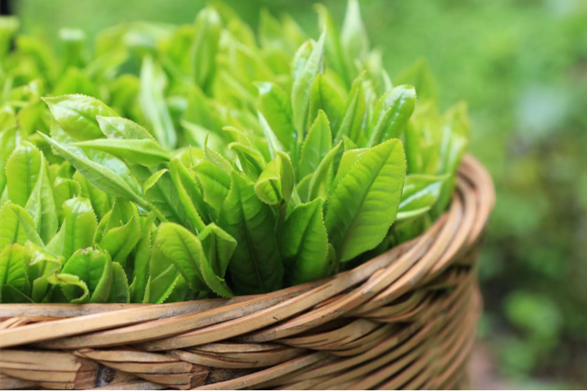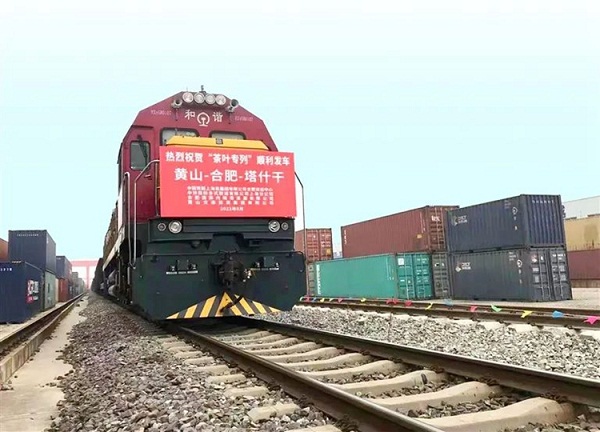
Taiping Houkui, one of the best known locally produced green tea varieties in Huangshan, is added to UNESCO's Representative List of the Intangible Cultural Heritage of Humanity. [Photo/WeChat ID: gh_fddd8e6b4139]
The art of making the celebrated Huangshan Maofeng, Taiping Houkui and Qimen Black Tea – which are among China's top 10 teas and produced in Huangshan city, Anhui province – have received international recognition at the highest level.
They were added on Nov 29 to the Representative List of the Intangible Cultural Heritage of Humanity that is compiled by the United Nations Educational, Scientific and Cultural Organization, or UNESCO.
Their exalted new status was conferred by the Intergovernmental Committee for the Safeguarding of Intangible Cultural Heritage, hosted in Rabat, capital city of Morocco. It recognizes the consummate knowledge, skills and practices concerning the management of the tea plantations, the picking of tea leaves and the processing, drinking and sharing of tea.
As a famous tea city in China, Huangshan has a long legacy of tea planting – with a wonderful history spanning over 1,800 years. Moreover, the history of the export of Huangshan's tea can be dated back to the 18th century.
In 1915, Taiping Houkui and Qimen Black Tea were sent to the Panama World Exposition, where they were awarded gold medals.

A freight train loaded with tea departs Huangshan – bound for Uzbekistan's capital, Tashkent – in August 2021. [Photo/WeChat ID: gh_fddd8e6b4139]
Tea produced in Huangshan continues to delight and fascinate the world. In 2021, Huangshan exported 59,000 tons of tea, accounting for nearly 90 percent of Anhui's tea exports.

